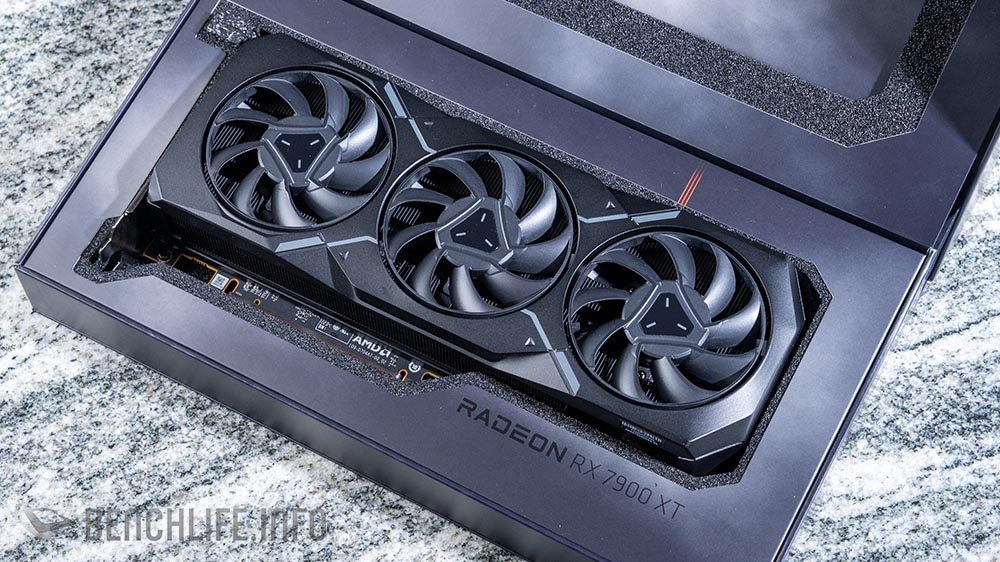暫不推出旗艦級別的 Radeon RX 顯示卡之後,AMD 在獨立顯示卡部分又將有新動作。
Tom’s Hardware 與 AMD 資深副總裁兼 Computing and Graphics 事業群總經理 Jack Huynh 的訪問中,除了提到 AMD 在消費性獨立顯示卡會更專注在可以讓公司提升市場佔有率的產品上,同時也提到現階段的 RDNA 與 CDNA 架構將進行整合,未來將稱為 UDNA 架構。
So, part of a big change at AMD is today we have a CDNA architecture for our Instinct data center GPUs and RDNA for the consumer stuff. It’s forked. Going forward, we will call it UDNA. There’ll be one unified architecture, both Instinct and client [consumer]. We’ll unify it so that it will be so much easier for developers versus today, where they have to choose and value is not improving.
So, one of the things we want to do is …we made some mistakes with the RDNA side; each time we change the memory hierarchy, the subsystem, it has to reset the matrix on the optimizations. I don’t want to do that.
So, going forward, we’re thinking about not just RDNA 5, RDNA 6, RDNA 7, but UDNA 6 and UDNA 7. We plan the next three generations because once we get the optimizations, I don’t want to have to change the memory hierarchy, and then we lose a lot of optimizations. So, we’re kind of forcing that issue about full forward and backward compatibility. We do that on Xbox today; it’s very doable but requires advanced planning. It’s a lot more work to do, but that’s the direction we’re going.
AMD 是在 2020 年將 GCN 架構切割為遊戲顯示卡用的 RDNA 與伺服器用的 CDNA 架構;CDNA 原稱為 Radeon Instinct,爾後更名為 Instinct。

Jack Huynh 在訪問中,承認 AMD 在 RDNA 架構部分犯了些許錯誤,但類似的錯誤不能再重蹈覆轍,因為不論是記憶體階層或者是子系統的更改,都讓產品優化矩陣重新設定。
另一方面,Jack Huynh 也提到 AMD 不單單在考慮 RDNA 5、RDNA 6 與 RDNA 7,甚至還包含 UDNA 6 和 UDNA 7。在公司規劃的未來 3 個世代中,一旦完成,前面所以到的記憶體階層、子系統都不會再行更改,因為這樣做將會失去很多優化成果,且浪費許多人力、物力。
UDNA 架構目前仍未有更進一步的資訊,現階段仍處在一個策略階段,但開發者對於 AMD 提出這樣的策略抱持著相當正面的看法。簡化架構對於開發者而言,是一件好事,因為他們只需要專注自在一個系統。
RDNA 4 之後是否會有 RDNA 5,目前仍無法確認,但不論是 RDNA 或者是 UDNA,都只是一個名稱,消費者實際上更在意的事,肯定是在合理的價格能夠獲得最佳效能表現。